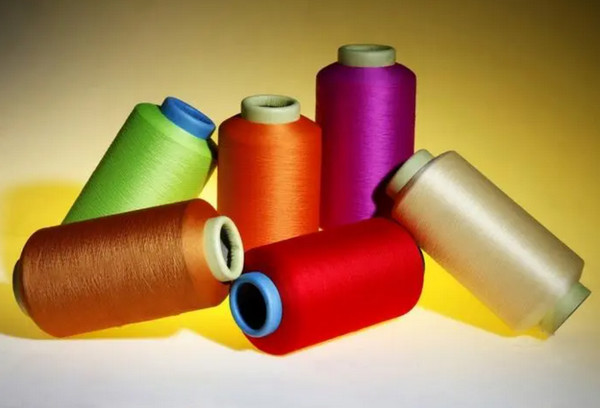
NewsInformation Center
What factors can affect yarn strength test?
2023/04/03
Yarn strength testing is usually performed using a single yarn strength tester. In the test, a sample of yarn of a certain length is usually fixed on the fixture of the testing machine and the yarn is stretched with a set of fixtures respectively until it breaks or deforms. After the test, data such as maximum yarn withstand and breaking strength are obtained, which can be used to evaluate yarn quality and performance, and to make necessary adjustments and improvements.



Relevant standards and specifications for yarn strength testing include ASTM D2256, ISO 2062, BS 1931, etc. These standards define specific requirements for test methods, test conditions, and test equipment to ensure the accuracy and repeatability of the testing process.
There are several factors that can affect the yarn strength test:
Yarn count: The strength of the yarn is directly related to its count. Higher the count, higher the strength.
Length of yarn sample: The length of the yarn sample used in the test can affect the results. Ideally, the sample length should be 50 times the diameter of the yarn being tested.
Testing speed: The speed of the testing machine can impact the yarn strength test results. A slower testing speed may result in higher strength readings, while a faster testing speed can lead to lower strength readings.
Temperature and humidity: The temperature and humidity of the testing environment can also impact the results of yarn strength tests. Higher temperatures and humidity can cause softer fibers to absorb more moisture, resulting in reduced strength readings.
Twist factor: The twist factor refers to the number of twists per unit length of the yarn. It can affect the strength of the yarn, as an increase in twist factor can increase the strength of the yarn.
Fiber type: Different fiber types have different strength properties. Natural fibers like cotton and wool have lower strength compared to synthetic fibers like polyester and nylon.

Yarn structure: The structure of the yarn, such as the number of plies and the direction of the twist, can affect its strength.
Yarn preparation: The way the yarn is prepared, such as the type of spinning process used, can affect its strength.
Testing conditions: The conditions under which the yarn strength test is conducted, such as the rate of loading and the temperature and humidity of the testing environment, can also affect the results.
Sample preparation: The way the yarn sample is prepared, such as the length and thickness of the sample, can affect the results of the strength test.
These factors must be considered when testing with the single yarn strength tester to ensure accurate and reliable results.
Previous: China and Brazil's cotton industry will have more room for development
N e x t : How do consumers determine the strength of yarn before purchasing?



